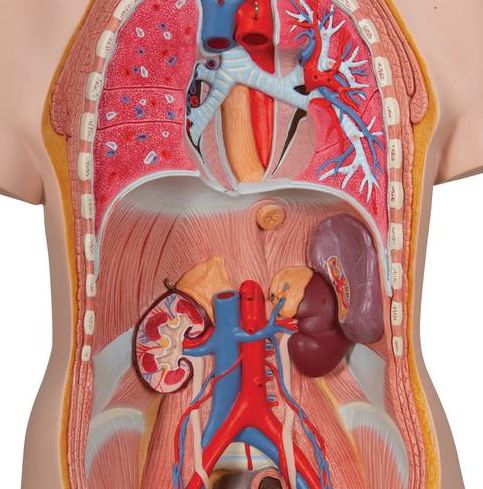قراءة لمدة 1 دقيقة Pseudophilautus

Pseudophilautus is a group of frogs in the family Rhacophoridae.
Some of them live in India in the Western Ghat mountains and some live in Sri Lanka.
Some of these frogs are extinct.
Other times, scientists thought a species was extinct, but it was not.
Life cycle.
Frogs in genus "Pseudophilautus" have direct development:
They hatch out of eggs as small frogs called froglets.
They never swim as tadpoles the way other frogs do.
This means that these frogs do not need to find pools of water big enough for tadpoles to swim in and find food.
However, if there is not enough water in the air, the eggs dry out and die.
For most of these species, the female frog lays eggs on the ground.
One species, "Pseudophilautus femoralis", lays eggs on leaves of medium-sized plants.
Males sing for female frogs.
They usually call at night when there is water in the air.
The male frog holds onto the female frog in a grip called amplexus.
Sometimes the frogs will change color so that they look like the ground or the leaves on it.
Then the female frog finds a good place and digs a hole for the eggs.
Then she mixes the eggs in with the soil.
Then both parents go away.
They do not watch the eggs or take care of the froglets.
When the female "Pseudophilautus femoralis" frog lays eggs, she puts them on the undersides of leaves using sticky fluid.
She watches the eggs for a few hours to see that they do not fall off.
Then she goes away.
Eggs are in diameter.
The eggs hatch after 24–68 days.
"Pseudophilautus" embryos do not have gills but they do have large tails like tadpoles do.
Scientists think the embryos use the tail to get oxygen.
Some species of froglets have tails when they hatch and in other species they hatch with no tail.
List of species.
The following species are in the genus "Pseudophilautus", including eight species described in 2013 by Wickramasinghe and colleagues:













































